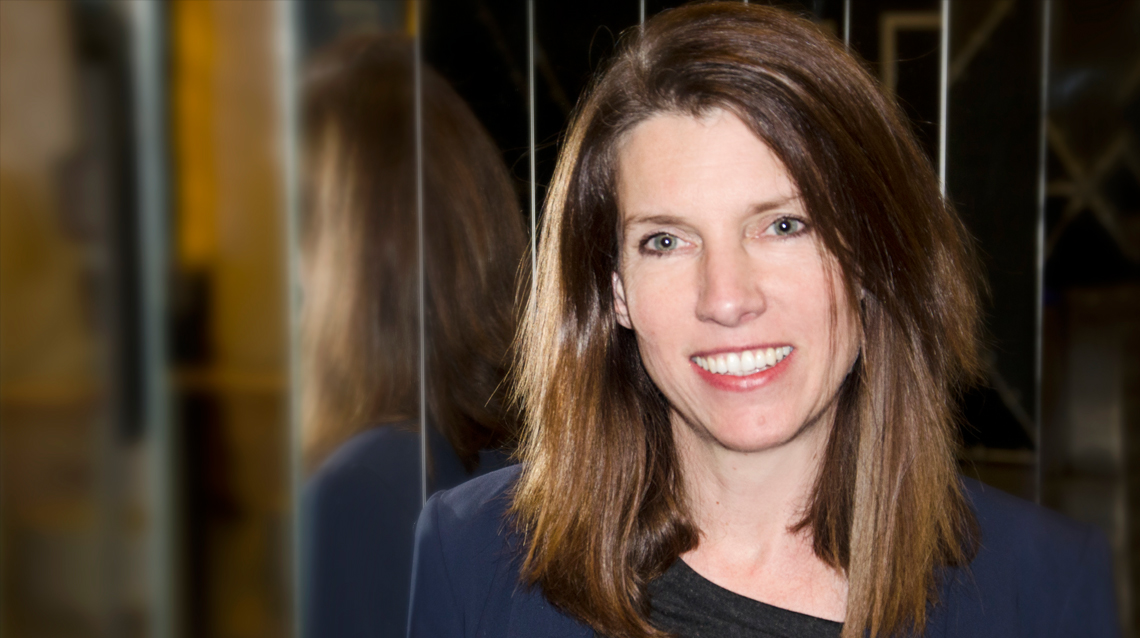Editorial
STEM Learning Across Boundaries

It’s important to acknowledge that words matter in research communities. Bronwyn Bevan discusses the language surrounding in-school and out-of-school communities used in Connected Science Learning.
The goal of this journal—to engage educators from both formal and informal STEM learning settings in areas of mutual activity and interest—involves different forms of “boundary crossing.” We are looking at both research and practice. We are thinking about teaching and learning. We are looking across in-school and out-of-school settings. Although students cross these boundaries every day, we professionals tend to spend a lot of time in just one of them. In each field, we have our own cultural practices—ways of speaking, rules of interaction, tools, and routines.
Language is a central barrier in any process of boundary crossing. It’s been famously said that Britain and the United States are “two nations separated by a common language.” The same division can emerge as we move between the different learning settings and fields this journal addresses. To this end, we wanted to share some basic definitions—or describe where we don’t have basic definitions—as a way of clarifying if not meanings, then the potential for misunderstandings and the need for as much clarity, specificity, or explanation as we can provide, both as authors and as readers.
It’s important to acknowledge that words matter in research communities. Specific terms have singular meanings and histories, and they reflect whole theoretical traditions. However, the same means for communicating with specificity and clarity within one academic conversation (pejoratively called jargon) can be experienced as exclusionary by those from other fields of practice. The same is true for in-school terminology and acronyms that can be confusing to researchers and informal educators.
Connected Science Learning provides an opportunity to bring together communities in STEM education, across fields of formal and informal, and research and practice, to speak to and hear from one another. Minimizing the use of, or defining, our technical terms may make the assumptions and histories of our ideas more transparent to ourselves and to each other.
This journal seeks to use the language of practice, and it requires authors to explicitly define their use of terms, rather than assuming a single or shared meaning. Authors are asked to define how they think about, for example, what identity entails, what motivation looks like, or what counts as learning. We recognize that different authors, reflecting different histories and traditions, may have different definitions for such terms.
In Connected Science Learning, we use STEM as a convenient acronym for activities that include different dimensions of science, technology, engineering, or math. When it is clearly one of these disciplines and not the other, we ask authors to name the specific discipline that they are discussing. When authors mean activities that are deeply integrated across all four disciplines, we ask them to call that out by referring to integrated STEM or hybrid STEM activities.
We see teachers as those who are helping learners engage with and deepen their engagement with places, people, ideas, and pursuits. Whether you call them facilitators, teachers, or educators, they are all involved in the practices of teaching, including through modeling, instructing, colearning, mentoring, and interacting.
We avoid the terms informal learning and formal learning and instead choose to describe learning in formal or in informal environments—or in-school and out-of-school environments. Where people learn, how they learn, and what teaching looks like can vary across and within settings. For example, a classroom teacher can adopt lecture, worksheet-based, hands-on, or open-ended instructional practices, and so can an educator in a museum, after-school program, camp, or national park.
We recognize that learning happens within and across settings through:
- Structured and supervised learning activities: in-school, after-school, camps, museums, and other settings. In these cases, there is a person responsible for designing and leading the activities, who is pursuing a set of goals or intended learning outcomes for the participants.
- Self-directed learning activities: in museums, online, in libraries, in classrooms and in other places where individuals actively seek and access unfacilitated opportunities to engage with resources that can advance their own “learning agenda.” These resources may be books, exhibits, games, websites, affinity groups, and television documentaries.
- Everyday learning activities: at home, in the community, online, on the school playground, through television, and in many other places where individuals encounter, without an agenda, new ideas or practices; learn about them; and choose, or do not choose, to pursue them further. For example, while participating in everyday home routines, a person learns about family roles, activities, norms, and expectations.
A key purpose of this journal is to document and understand how to make connections across settings in complementary, supplementary, and reinforcing ways. We hope our shared efforts to be explicit about the meaning of our words will provide authors and readers access to the key features of each other’s work and, in the process, come to better leverage them for the benefit of young people.
Bronwyn Bevan (bronwynb@uw.edu) is senior research scientist at the University of Washington’s Institute for Science + Math Education in Seattle, Washington.


